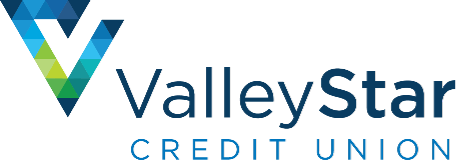If you’re curious about the 529 plan, you’ve come to the right place. We understand that saving for college can be overwhelming. You may be wondering if you have enough money in your college savings plan, or if you’ll need to borrow money to help with your college fund? In this post, we want to familiarize you with a common college savings option, the 529 Plan.
What is a 529 plan?
A 529 plan is an investment account that offers tax benefits when used to pay for qualified education expenses for a designated beneficiary. 529 plans are used to save for future education costs, such as a college fund, but can also be used to pay for elementary and secondary schools.
These plans are offered by individual states and come in two forms, the College Savings Plans and Prepaid Tuition Plans. College Savings Plans are state-managed investment plans that gain interest on your contributions, while Prepaid Tuition Plans allow you to prepay for all or some of the costs of college.
How does using a 529 plan for college savings work?
Each 529 plan account has an account owner, who controls the investments and selects one beneficiary. The owner and beneficiary can be the same person, but oftentimes the account is created by a parent and used as a college fund for a child.
Your investment grows on a tax-deferred basis and can be withdrawn tax-free if the money is used to pay for qualified higher education expenses, such as to pay for college.* College savings don’t necessarily have to be used to pay for tuition only, the 529 plan also covers the cost of textbooks, technology and rent as long as it applies to what’s needed to attend school.
What are some benefits of using a 529 plan as a college fund?
Advantages:
- Low maintenance
- High contribution limit
- Flexibility
- Favorable financial aid treatment
529 plans are known to be a low-maintenance way to save for college since they can be opened online or through a licensed financial advisor. These accounts can be set up as an automatic investment plan linked to a bank account through payroll deduction, which is perfect for those who use the “set it and forget it” investment method. 529 plans also have no annual contribution limits, so account owners can contribute as much as they want to the college fund every year.
Arguably, the biggest perk of using a 529 plan as a college savings plan is that they have minimal impact on a student’s financial aid since 529 plans are reported as a parental asset. Distributions from parent and student-owned accounts are not counted as income on the Free Application for Federal Student Aid (FAFSA), which will not affect a student’s chance at being awarded scholarships and grants.

What are some disadvantages of using a 529 Plan for college savings?
Disadvantages:
- Must use funds for education
- Limited investment options
- Fees
- Ownership rules
529 plans must be used for qualified education purposes, such as saving for college. Non-qualified distributions are subject to income tax and a 10% penalty of the distribution. 529 plans also have limited investment options. Account owners must select from a menu of options offered by the 529 plan.
The 529 plan account owner, not the beneficiary, has legal control of the money in the account. The account owner can easily change the beneficiary at any time, or worse, they can take a non-qualified distribution and liquidate the plan. For example, this might become an issue if a parent is depending on a grandparent’s 529 plan to contribute to their child’s college savings.
Now that you know how 529 plans work…
Many families find that 529 plans work well for helping them achieve their college savings goals since you can start investing in a 529 plan before your child is born. This puts you way ahead of the ‘saving for college’ game, and the sooner you invest, the sooner you will start to see your money and college fund grow. If you would like to learn more about 529 Plans visit the resource provided by the U.S. Securities and Exchange Commission website, which explains the specifics of 529 Plans.
To learn more about budgeting for college and what best financial tools will work for you, please visit: Your Money Guide and We speak higher earnings.
*Consult a tax professional regarding the tax implications of this account.

